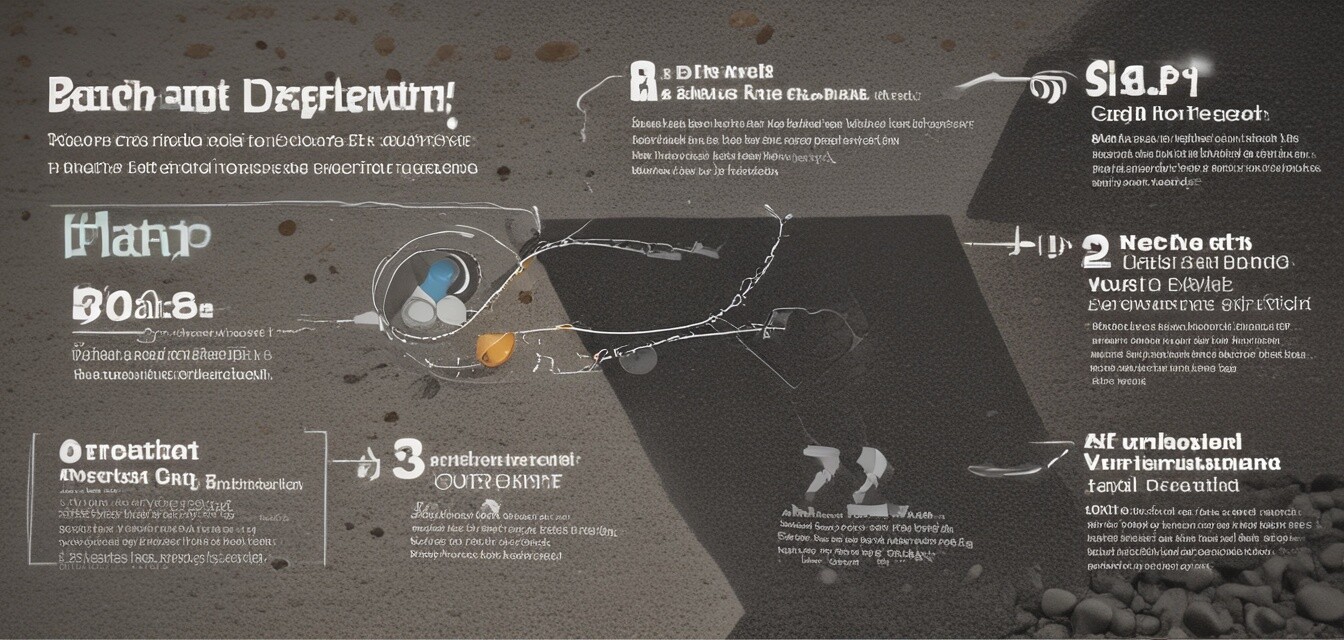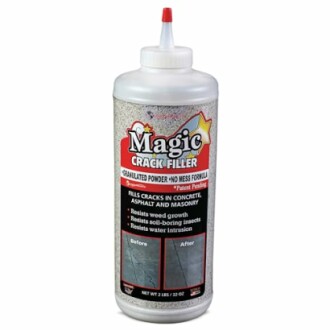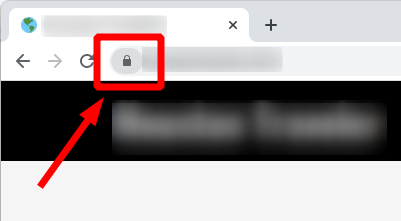
Step-by-Step Guide to Cold Patch Asphalt Repairs
Key Takeaways
- Cold patch repairs are an effective way to fix potholes and cracks in asphalt without the need for heating.
- Proper preparation is crucial for successful cold patch repairs.
- Using high-quality products, like Magic Crack Filler, enhances the durability and aesthetics of the repairs.
- Following a systematic approach will yield professional results even for DIY enthusiasts.
The process of repairing asphalt can seem daunting, especially if you are not familiar with the tools and techniques involved. Whether you are filling a pothole in your driveway or addressing a larger issue, cold patch asphalt repairs offer a practical solution without the need for specialized heating equipment. In this comprehensive guide, we will walk you through the steps needed to perform cold patch repairs effectively while highlighting some excellent product recommendations.
What is Cold Patch Asphalt?
Cold patch asphalt is a type of repair material that is used to fix potholes and cracks without the need for heating the asphalt. It is made from a mixture of asphalt and aggregate, allowing for easier application and quicker results. Cold patch material can be applied directly to the damaged area and provides a durable solution that can last for years when done correctly.
Tools and Materials Needed
| Tools/Materials | Description |
|---|---|
| Cold Patch Asphalt Mix | A pre-mixed asphalt material suitable for cold conditions. |
| Shovel | For removing debris and applying the cold patch material. |
| Tamper | To compact the cold patch material into place. |
| Magic Crack Filler | For filling smaller cracks and achieving professional results. More details can be found in our guide here. |
| Water | To dampen the area before applying cold patch material. |
Step-by-Step Process for Cold Patch Repairs
-
Assess the Damage: Inspect the area to determine the size and severity of the damage.
- Check for loose material around the pothole or crack.
- Measure the dimensions to get enough cold patch material.
-
Prepare the Area: Remove any debris, loose asphalt, or moisture from the damaged area.
- Use a shovel to clear the area completely.
- Ensure the surface is clean for better adhesion.
-
Dampen the Area: Lightly spray water over the damaged surface.
- The moisture helps the cold patch material to bond effectively.
-
Apply Cold Patch Material: Pour or shovel the cold patch mix into the damaged area.
- Overfill the area slightly, as the material will settle.
-
Compact the Material: Use a tamper to compact the cold patch firmly into the area.
- Ensure it is level with the surrounding asphalt surface.
-
Allow to Cure: Let the cold patch cure according to the manufacturer’s instructions.
- This may take anywhere from a few hours to a day, depending on the environment and the product.
Recommended Products
Using high-quality products can ensure that your repairs last longer and look better. Here are some trusted options:
Magic Crack Filler 2LB Concrete Tan
A no-mess, easy-to-use filler designed for concrete cracks on driveways, walkways, and patios, that provides professional results!
Learn MoreCommon Mistakes to Avoid
- Not cleaning the area properly before application.
- Underfilling the pothole, leading to future deterioration.
- Skipping the compaction step, which can result in a weak patch.
Conclusion
Successfully completing cold patch asphalt repairs is an essential skill for any property owner or contractor. By following the step-by-step process outlined in this guide and using quality products like Magic Crack Filler, you can achieve durable and professional results. Whether you're a DIY enthusiast or an experienced contractor, these handy tips will help you maintain your asphalt surfaces effectively.
Tips for Beginners
- Always check weather conditions for optimal working conditions.
- Wear appropriate safety gear, including gloves and goggles.
- Practice on smaller areas before tackling larger projects to refine your technique.
Pros
- Easier and faster application compared to traditional methods.
- No need for specialized equipment or heating.
- Cost-effective repair option for minor damages.
Cons
- May not be suitable for major road repairs.
- Requires regular maintenance for long-term effectiveness.
- Weather conditions can affect the application process.
Further Resources
For those interested in learning more about asphalt paving techniques or related topics, check out our other resources:


